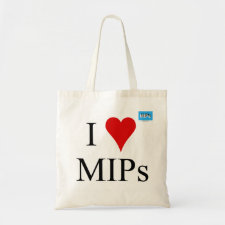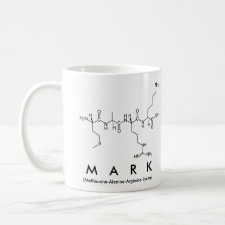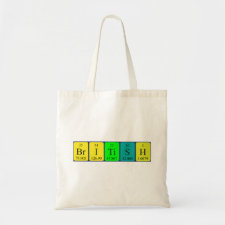
Authors: Venkatesh S, Sizemore SP, Byrne ME
Publication date: 2005
Article title: Biomimetic recognitive polymer networks for ocular delivery of anti-histamines.
Page numbers: 81-86
Publisher: Materials Research Society
Volume number: 897
Abstract: Enhanced drug partitioning in hydrogels can be achieved by configurational biomimetic imprinting (CBIP) techniques which involve the formation of pre-polymerization complexes between template molecules and functional monomers with specific chemical structures designed to interact with the template via non-covalent chemistry. This new class of recognitive intelligent materials is designed by incorporating motifs with structural and molecular homology to biological receptors and has a strong potential to impact the administration of a number of ocular therapies. This work addresses the unmet need for the controlled release of histamine antagonists such as ketotifen fumarate on the surface of the eye to treat allergic conjunctivitis. Mast cell and eosinophil degranulation occurs due to the IL-4 driven TH2 cell response to allergens and the subsequent IgE secretion. This prompts the release of inflammatory mediators such as histamine, which binds to the H 1receptors. Pharmacological downregulation is possible by the local delivery of H1-antihistamines, resulting in decreased vascular permeability, bronchodilation, and exudation of effector cells. Treatment options for seasonal and perennial allergic conjunctivitis primarily consist of oral antihistamines (which provide only partial and delayed relief with potential systemic side effects) and topical treatments. Since ocular bioavailability of topical drugs is very poor (typically less than 7% is absorbed by the eye), a high dosage is needed which prohibits contact lens use. Controlling and tailoring the release of anti-histamines via novel recognitive contact lenses with significantly enhanced partitioning can solve these problems with increased bioavailability, less irritation to ocular tissue, and reduced ocular and systemic side effects. Controlled release by conventional soft contact lenses typically does not work due to a lack of sufficient drug loading. Inspired by Nature, we have successfully synthesized and characterized recognitive networks for HI antihistamines by choosing monomers on the basis of the non-covalent interactions found in histamine docking sites. This leads to significantly enhanced drug loading and tailorable controlled release of a therapeutically viable dosage of drug. 2006 Materials Research Society



Join the Society for Molecular Imprinting

New items RSS feed
Sign-up for e-mail updates:
Choose between receiving an occasional newsletter or more frequent e-mail alerts.
Click here to go to the sign-up page.
Is your name elemental or peptidic? Enter your name and find out by clicking either of the buttons below!
Other products you may like:
 MIPdatabase
MIPdatabase









